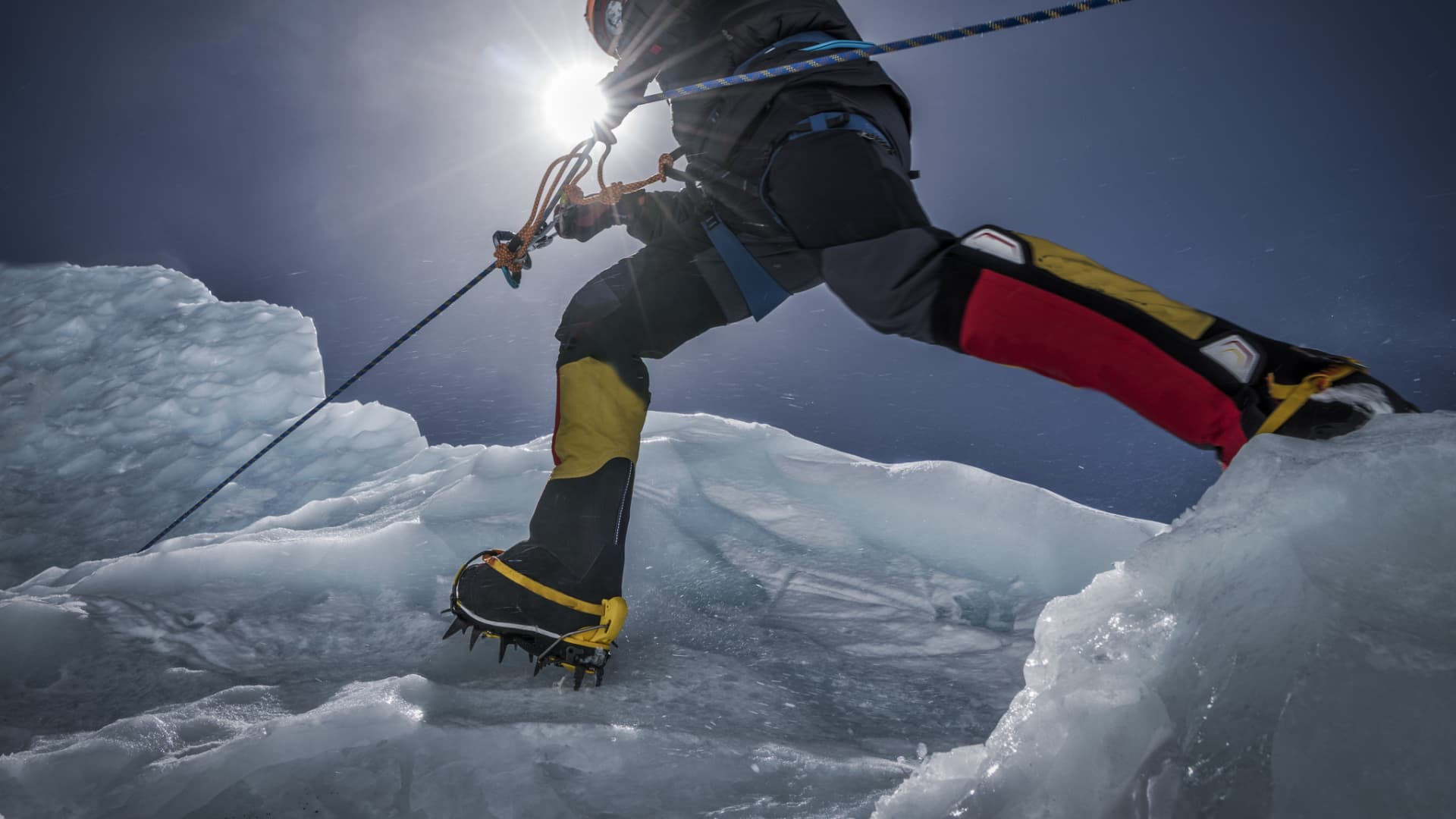Vivian James Rigney is no casual traveler.
The executive coach and speaker has visited more than 80 countries and lived on three continents.
He’s also climbed the highest mountains on all seven continents, the so-called Seven Summits.
It’s a feat that took him 14 years — one, he estimates, that fewer than 1,000 people have completed.
And he did it despite being “terrified of heights,” he said.
In an interview with CNBC Travel, Rigney talked about what he learned — and how much it cost him — to reach some of the highest points on earth.
The cost to climb
Rigney estimates he’s paid between $170,000 and $180,000 to climb the Seven Summits, he said.
“Everest is, by far, the most expensive,” he said, adding that he paid about $80,000 when he climbed it in 2010.
“You have to save and build a plan,” he said. “That’s why it took me years. I started, then I went to business school, all my money was gone into that, then I started again, got a new job … Piece by piece, I gradually got through it.”
But there’s another cost — the time away from work, said Rigney. Luckily, he said his employers supported his goals.
“If you have a good employer … they can see [personal goals] as something which can help lift the spirits of the company,” he said.
From ‘easy’ to ‘excruciatingly painful’
In addition to costs, the Seven Summits vary considerably in terms of climbing difficulty, said Rigney.
He said Africa’s Mount Kilimanjaro is “easy,” calling it “technically not challenging at all.”
But it is high enough to feel altitude sickness, he said, which stops some climbers from reaching the top.
Kilimanjaro can be climbed in a week, he said. Antarctica’s Vinson Massif can take two weeks — “if you’re lucky” — and North America’s Denali three to four weeks.
But Mount Everest is a “massive logistical operation” that takes about two months, he said. It’s by far the most difficult and dangerous climb, he said, calling the experience “excruciatingly painful.”
“Every cell in your body is saying you shouldn’t be here,” he said. “Your intuition is going nuts.”
He said he arrived “bulked up and super fit.” Despite consuming 7,000 to 8,000 calories a day — mainly potatoes, pasta and dry food — he said he lost 20 pounds during the Everest climb.
Staying warm takes a tremendous amount of energy, he said. Everything freezes, he said, including LCD camera screens.
“We have what we call a pee bag. You pee in this bag, and you seal it and you put that into the sleeper bag with you because it’s warm.”
There are only about three to five days in the climbing season that climbers can reach Everest’s summit. If they do, it’s a quick victory, said Rigney.
“People don’t hang around the summit for hours,” he said. “You get the heck off the mountain as quick as you can.”
From climbing to coaching
Rigney is now an executive coach and speaker, teaching corporate executives lessons he learned from pushing himself, mentally and physically, to the limit.
He’s also the author of “Naked at the Knife’s Edge,” a book about how he’s used some of the most harrowing moments from his Everest climb for professional success.
He said he helps “overachievers… [with] tons on their mind” achieve balance and break habits “which pull us along … as though we’re on a conveyor belt.”
For example, fear — whether it’s of public speaking or his own fear of heights — can be overcome using tricks of the mind, he said.
And leaders must learn to accept things that are out of their control, be it an injury or a pandemic, he said.
He said he still laughs when he thinks about arriving at a small airplane hangar in Kathmandu one hour before he was scheduled to fly to the foothills of the Himalayas.
“I remember going up to this gentleman … and I said ‘Hey… what time do you think we’ll be leaving?'” said Rigney. “He said: ‘Maybe today, hopefully by tomorrow, likely by the end of the week.'”
Ten minutes later, another climber, who got the same answer, exploded with anger, he said.
“Eventually this guy looks over, red with steam coming out his ears, and we are just howling. I think it finally clicked — like this is where you are. This is about weather in the Himalayas!”
It’s just one of a long list of “things we can control and things we cannot,” said Rigney.
